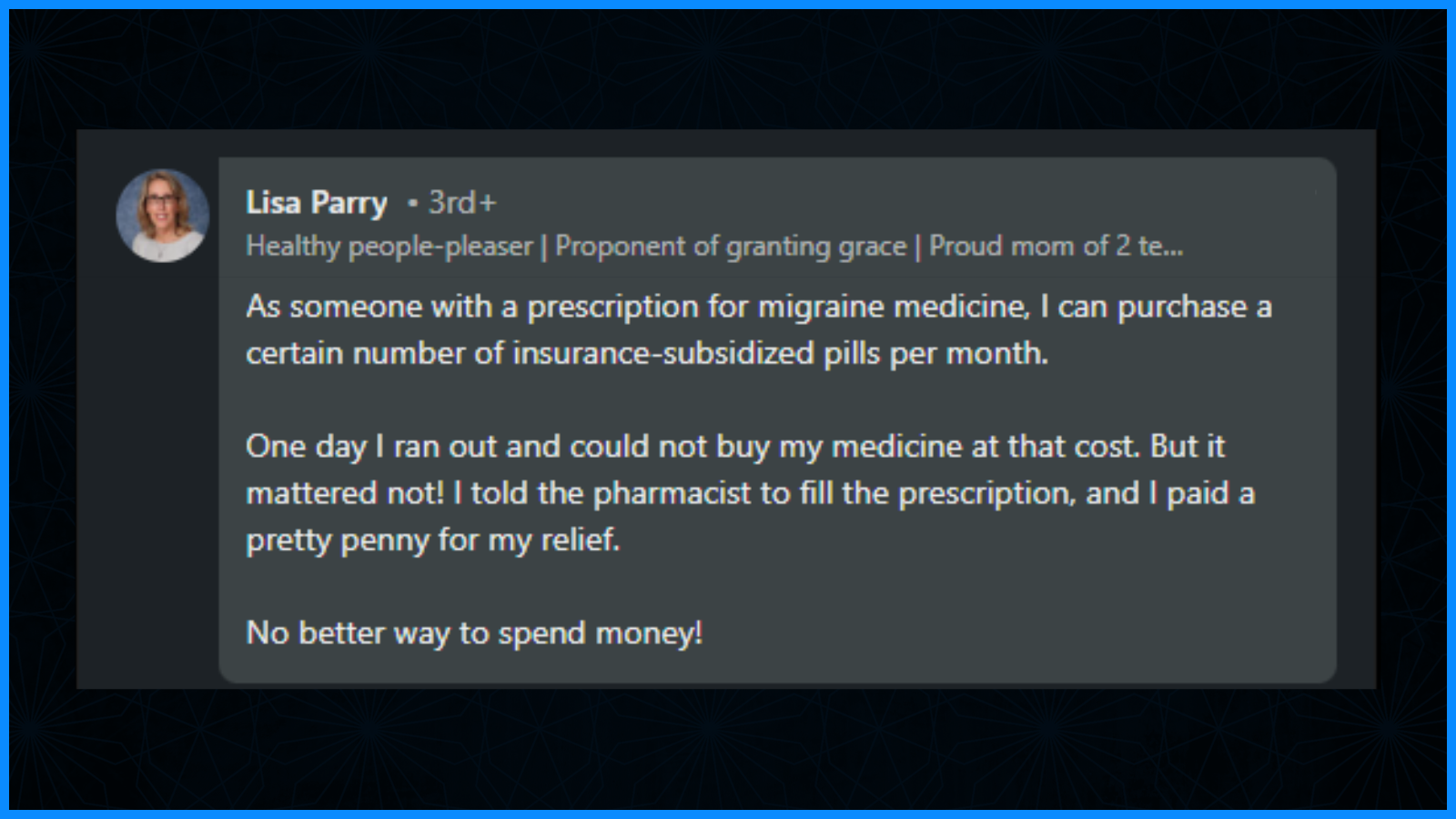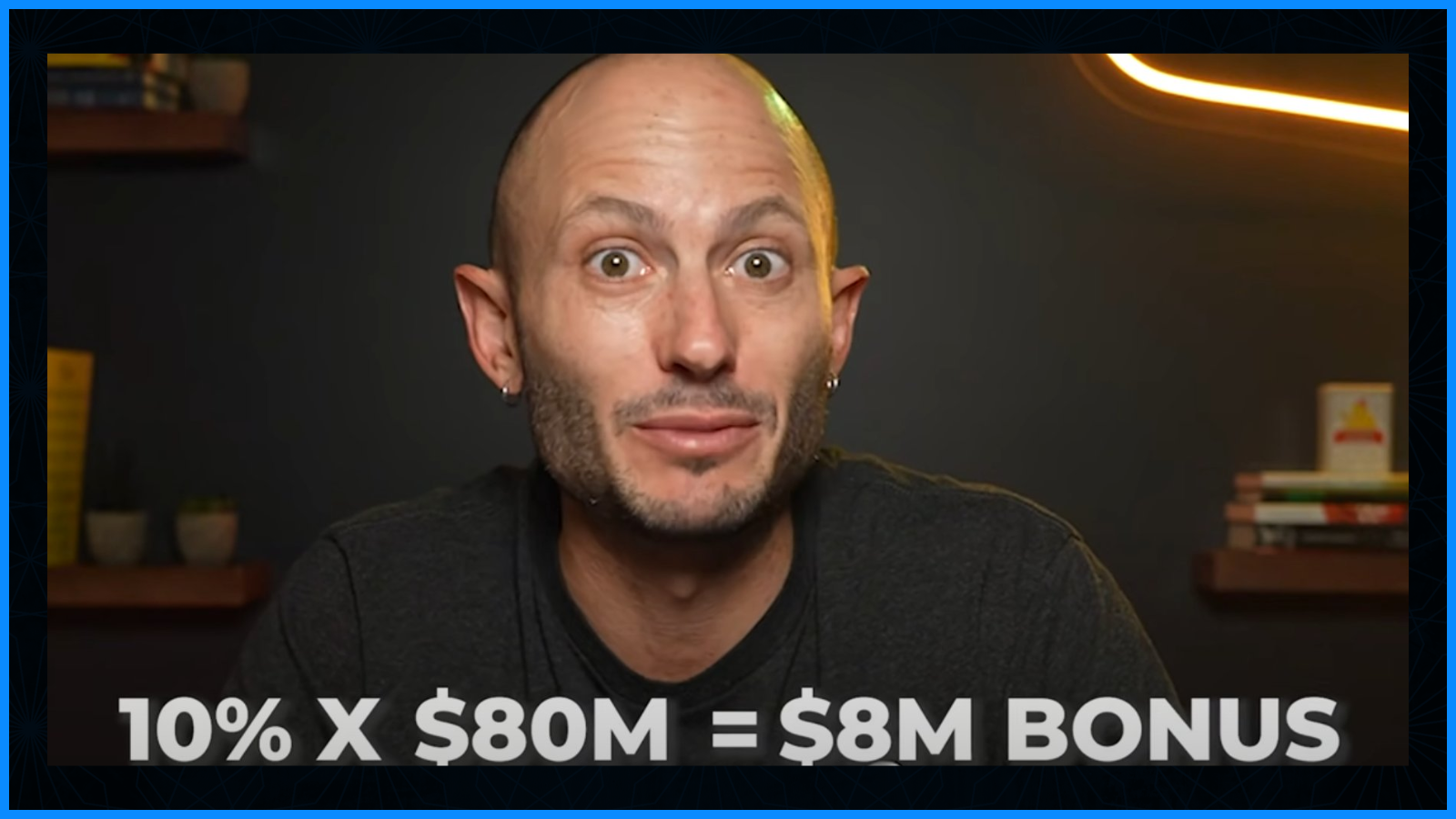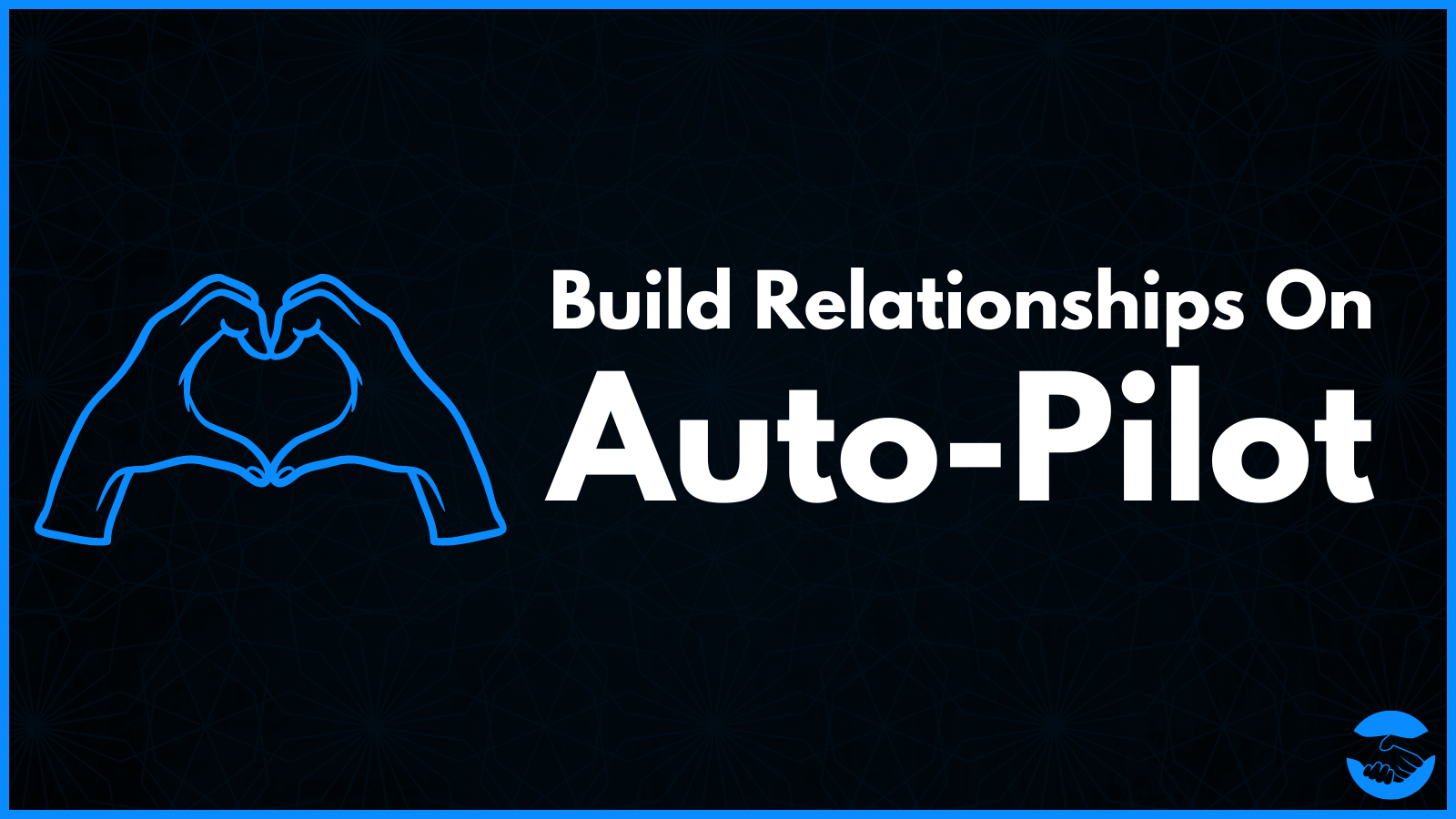This article shares some of the strategies and insights members of the YFC Community developed during our recent community challenge that helped them craft their Core Offer as a coach. If you'd like to learn more about the community, click here.
Work hard enough, long enough, intensely enough, and you’ll succeed—right?
We want to believe that success is just on the other side of effort.
But outside of your peewee league t-ball coach, no one cares how much effort you put into something.
They only care about the results you and your work can help them achieve.
The issue is that most coaches don’t take the time to think about whether the problems they’re solving are worth investing in.
But if we can learn to identify the right problems, and help people get the right results, we can build things (like courses, services, products) people can’t wait to buy.
Here’s what I mean…
Why You’re Getting Mediocre Results (and Sales)

When I did therapy, I was trained to be a generalist. Meaning I helped whoever walked through the door with whatever they needed help with. I never thought about dialing in my positioning or paying attention to what “the market” indicated people needed help with.
So when I started coaching, I took the same approach—helping anyone who’d hire me with whatever generic problem they wanted to work on.
I ended up working with:
- Wantrepreneurs who wanted to develop better habits and self-esteem
- Marketers who wanted to beat procrastination and self-doubt
- Engineers who wanted to overcome Imposter Syndrome
See the problem?
Not only was I all over the board with who I helped, but the problems we tackled were low-leverage and generic.
This was also the least I ever made as a coach, because the problems I was solving just weren’t big enough to warrant people investing more money.
If someone can Google the answer to their problem, they’re not going to pay you to help them solve it.
There’s also a 100% chance tons of other good-enough solutions are already out there.
Maybe you’re in the same boat—you know you have tons of value to give, but you’re just not seeing enough people buy what you’re offering, despite how much effort you’re putting in.
I knew I had more value to give, but I wasn’t clarifying and communicating it well enough.
So I asked myself:
- Who are the people I would work with for free?
- What problems do I never get tired of helping people overcome?
Then I started working with:
- VC-backed founders who wanted to remove themselves as the bottleneck in their company
- Entrepreneurs who wanted to build their lives and businesses aligned with their values
- Creators who wanted to restructure their business to be more fulfilling
See how the people I worked with, and the problems we tackled, evolved?
Side Note: This also became the foundation I used to build self-paced courses based on my coaching frameworks. Check out A Step-By-Step Guide to Building Your First Online Course for $0 (I Made $43K in 30 Days with This Method) for strategies you can use to do the same.
Founders, entrepreneurs, and creators know what’s at stake if they can’t figure out how to solve problems like wasting time, doing work that drains them, or building a business or life where they feel trapped and look back on one day filled with regret.
Because these problems are more important, and not a simple Google search away, people are willing to pay more for a solution.
But how do you figure out which problems are worth solving?
How to Identify Problems Worth Solving

Repeat after me:
You can’t charge high-ticket prices to solve low-ticket problems.
Just because you can do something, doesn’t mean you should.
So of all the things you could help people achieve, how do you narrow the focus to only the things people are most willing to invest their time, energy, and attention into?
Here’s the simplest question I’ve found to help you figure it out, ask:
“What is the most expensive, and specific, problem I can solve?”
Not sure what product or service to offer?
— Corey Wilks, Psy.D. (@CoreyWilksPsyD) April 12, 2023
Answer this question:
"What is the most expensive, and specific, problem I can solve?"
Here's why it's powerful:
• Expensive = It's important/people will pay
• Specific = Narrows focus
• You = Positioning
Give it a try.
Think about which of these is a more expensive problem to solve:
- Helping a 9-5er who makes less than $40K a year save 10 hours a week
- Helping a solopreneur of a $200K business save 10 hours a week
- Helping the CEO of a $20B company save 10 hours a week
It’s the same 10 hours, but the value of those 10 hours relative to the person varies drastically.
I helped a founder do just this. Through coaching, we helped him develop systems that freed up 3 hours of his time every day, so 15 every week. Over the course of a year, that’s a full calendar month of extra time.
How much could that be worth? Would someone in his position pay $10k? $100k? $1M? It all depends on how much he values his time and the potential return he could get for himself and his company.
If he can leverage those 15 hours a week to scale his company from $3M to $15M over the course of a year, then coaching would be worth $10M. Extrapolate that growth out over 5-10 years and it’s worth even more. And not solving that problem means losing all that time and revenue.
But “expensive” doesn’t necessarily mean financially expensive.
Think of how expensive a migraine is in the form of pain, brain fog, and loss of productivity to people who suffer from them like Lisa:

“Expensive” is just another way of defining how important solving a problem is to someone.
So if you’re putting in a ton of effort, but not gaining traction, it might be because you’re not solving expensive enough problems.
This is the point of copywriting, right? To frame a problem in a way that convinces people it’s an expensive problem, and attracts people who already recognize it’s an expensive problem.
Because here’s what happens when you nail this question…
The Power of Building Things People Can’t Wait to Buy

Helping people “be better” isn’t expensive, isn’t specific, and isn’t something you and only you can do.
But helping CEOs negotiate a $400M acquisition, scale a company from $20M to $100M, or delegate and scale themselves are expensive, specific problems very few people can competently do.
Which is exactly why Christine Carrillo charges $10,000 a month to coach CEOs to do these things. She works ~15 hours a month and generates $600,000 a year just from coaching because she helps CEOs solve expensive, specific problems.
Think about it…
People will happily pay:
- $10K to solve a $100K problem
- $100K to solve a $1M problem
- $1M to solve a $10M problem
Your goal is to figure out what these problems are and create a viable solution.
Solve bigger problems if you want bigger revenue.
This is exactly why Noah Kagan invested $100K into coaching.
If his company generates $80M a year, and coaching helps him develop strategies that translate into 10% more revenue, then he’ll make an extra $8M each year.

So he’ll happily pay $100K to make an extra $8M.
Who wouldn’t invest in something with an 80X ROI?
Here are some other examples of expensive, specific problems enterprising entrepreneurs are capitalizing on:
- Matt Ragland helps creators and entrepreneurs like Ryan Holiday monetize their knowledge through online courses and email newsletters.
- Alex Lieberman created an agency to help CEOs and business leaders grow a social media following by leveraging ghostwriters.
- Alex Hormozi spends $70K per month on social media management and editors because his time is so valuable and he recognizes the leverage a large audience provides for him and his company.
These are expensive, specific problems people are willing to pay top dollar to whoever can solve them.
Because when you focus on ROI, price becomes irrelevant.
But ROI doesn’t come from solving cheap, vague problems.
If you want to scale your impact and your income, focus on the most expensive, specific problem you can solve.





